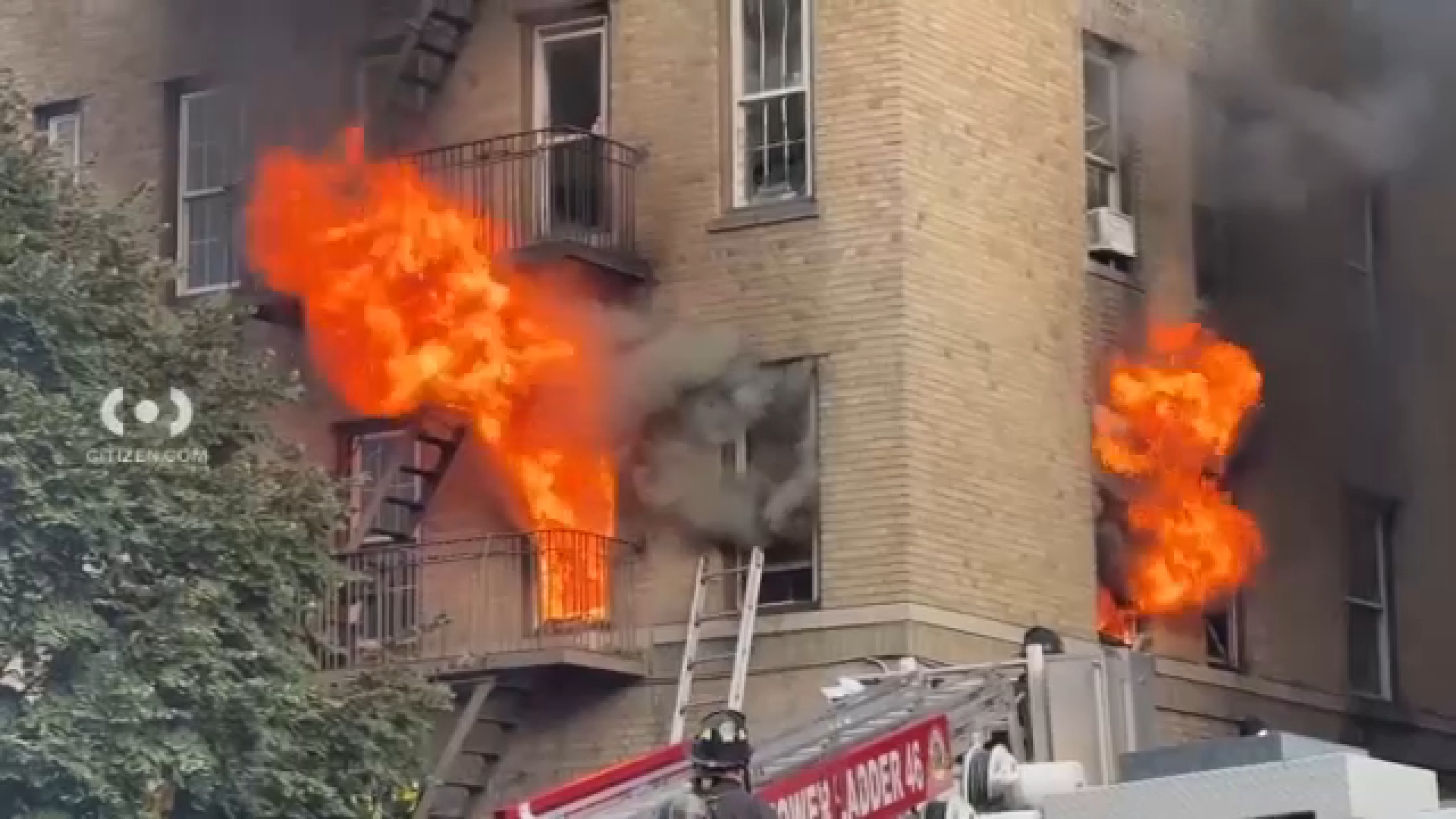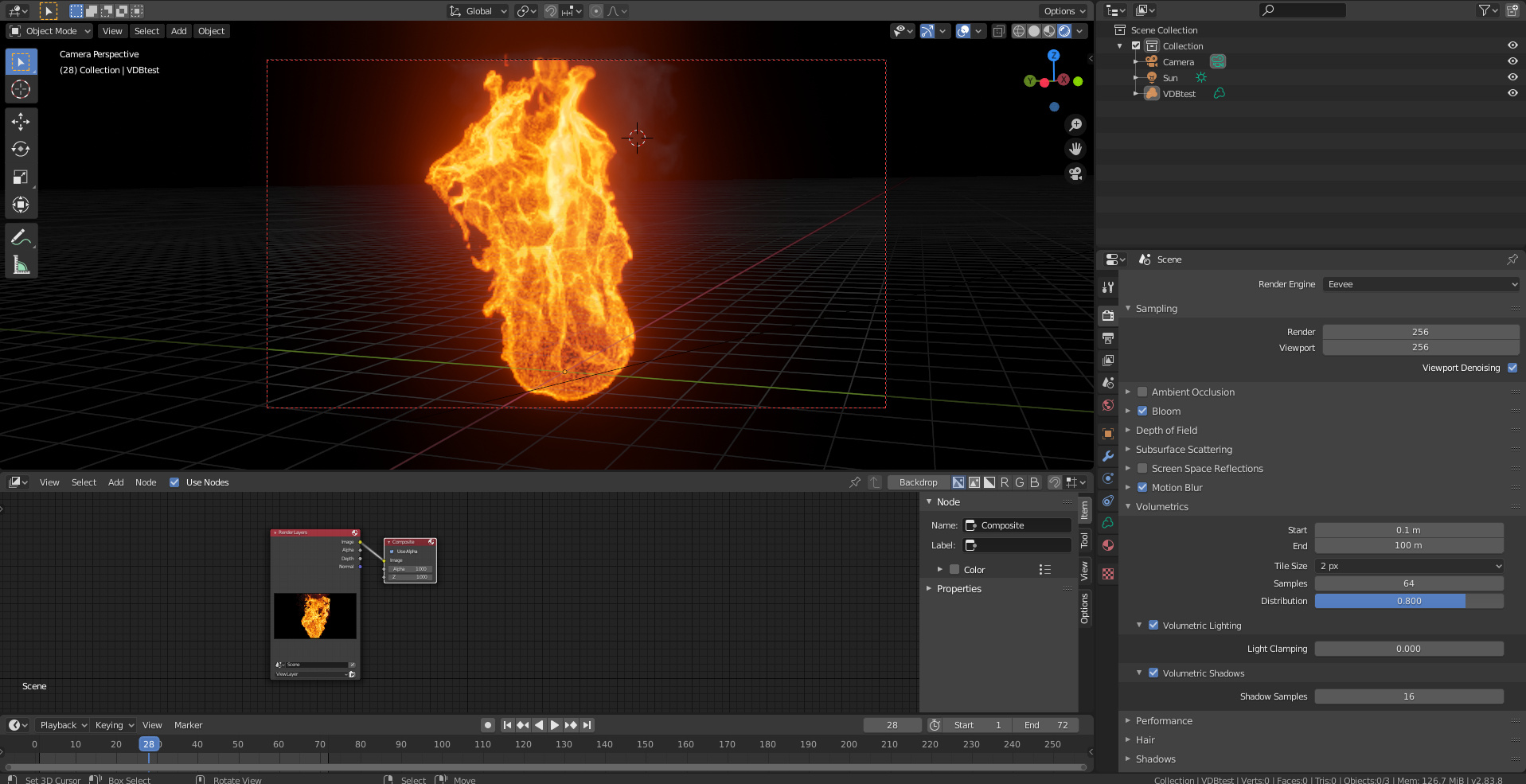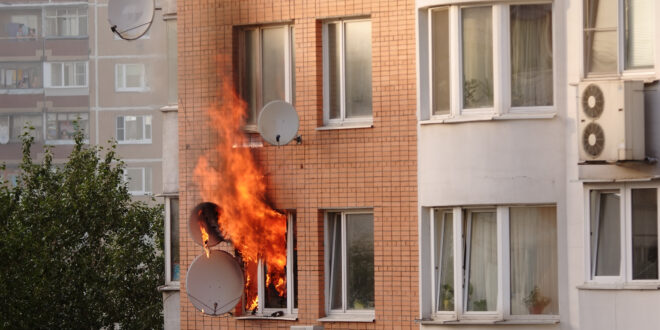In a world where urban landscapes and complex architectural designs dominate, understanding how heat spreads within a building during a fire has never been more critical. As devastating blazes threaten lives and property, predicting fire behavior emerges as a vital safeguard.
This article delves into advanced techniques that firefighting professionals, architects, and safety engineers utilize to anticipate the movement of heat through structures. From the innovative use of computational fluid dynamics that simulates thermal growth to the practical implementation of thermal imaging tools, we explore a myriad of strategies that enhance our ability to respond effectively.
Get ready to navigate the intricacies of fire dynamics and discover how modern science is reshaping our approach to fire safety, ensuring that we can protect what matters most in the face of flames.
Theoretical Foundations of Heat Transfer

The theoretical foundations of heat transfer serve as the backbone for understanding how fire spreads within a building, encapsulating the principles of conduction, convection, and radiation. At its core, conduction involves the direct transfer of heat through materials—think of how a metal rod becomes hot at one end when the other is placed in a flame.
In contrast, convection plays a pivotal role in heat distribution via the movement of fluids—air, in typical fire scenarios—where warm air rises, displacing cooler air and creating currents that can accelerate the spread of heat. Radiation, often overlooked, silently and effectively transmits heat energy through electromagnetic waves, causing distant surfaces to ignite even without direct contact.
Advanced thermal radiation modelling helps predict this energy transfer by simulating how heat radiates across different materials and surfaces, considering factors such as emissivity, absorptivity, and spatial geometry. A comprehensive grasp of these interactions, along with the material properties and geometrical constraints of a building, offers critical insights into predicting how heat will propagate in a disaster scenario, enabling the development of more robust fire safety strategies and advanced modeling techniques.
Advanced Modeling Techniques

Advanced modeling techniques in predicting heat spread during a fire in a building involve the integration of cutting-edge computational tools and simulation software. These models leverage both physical and mathematical principles to simulate complex fire dynamics, allowing for a nuanced understanding of how heat propagates through various materials and structures.
For instance, computational fluid dynamics (CFD) can illustrate the intricate flow patterns of smoke and hot air, providing critical insights that influence evacuation strategies and fire suppression efforts. Furthermore, incorporating real-time data from sensors can enhance model accuracy, enabling adjustments based on the evolving conditions of a fire.
By combining these sophisticated methodologies with machine learning algorithms, researchers can even anticipate potential fire behavior scenarios, leading to improved designs that enhance safety and responsiveness. Such multifaceted approaches not only refine prediction capabilities but also provide invaluable support in effective fire management and building design.
Utilizing Fire Simulation Software

Utilizing fire simulation software offers a groundbreaking approach to understanding and predicting heat spread in buildings during a fire. These advanced tools allow engineers and safety professionals to create sophisticated models that replicate real-world scenarios, accounting for variables like building materials, layout, and ventilation systems.
Imagine setting the digital stage: flames licking at the edges of a partition while smoke billows, swirling as it interacts with structural features. The software captures these dynamics in remarkable detail, providing insights not only into how quickly a fire can spread but also how different designs might mitigate risk.
By manipulating various parameters within the software, users can explore multiple scenarios, thereby empowering them to make informed decisions about fire suppression systems, occupant safety measures, and overall building design. In this way, fire simulation becomes an indispensable tool, aiding in the development of more resilient structures that can withstand the unpredictable nature of fire.
Conclusion
In conclusion, accurately predicting heat spread in a building during a fire is crucial for ensuring the safety of occupants and first responders alike. Advanced techniques, such as thermal radiation modelling, provide invaluable insights into how fire dynamics operate within enclosed spaces.
By integrating this sophisticated analysis with real-time data, architectural design, and emergency response planning, we can significantly enhance fire safety measures. As technology continues to evolve, adopting these cutting-edge methodologies will not only improve our understanding of fire behavior but also empower us to develop more effective prevention strategies and safety protocols in the built environment.
 HQ Grande Prairie HQ Grandie Prairie is an online news portal aimed at providing latest day to day happenings of the World to its viewers.
HQ Grande Prairie HQ Grandie Prairie is an online news portal aimed at providing latest day to day happenings of the World to its viewers.

